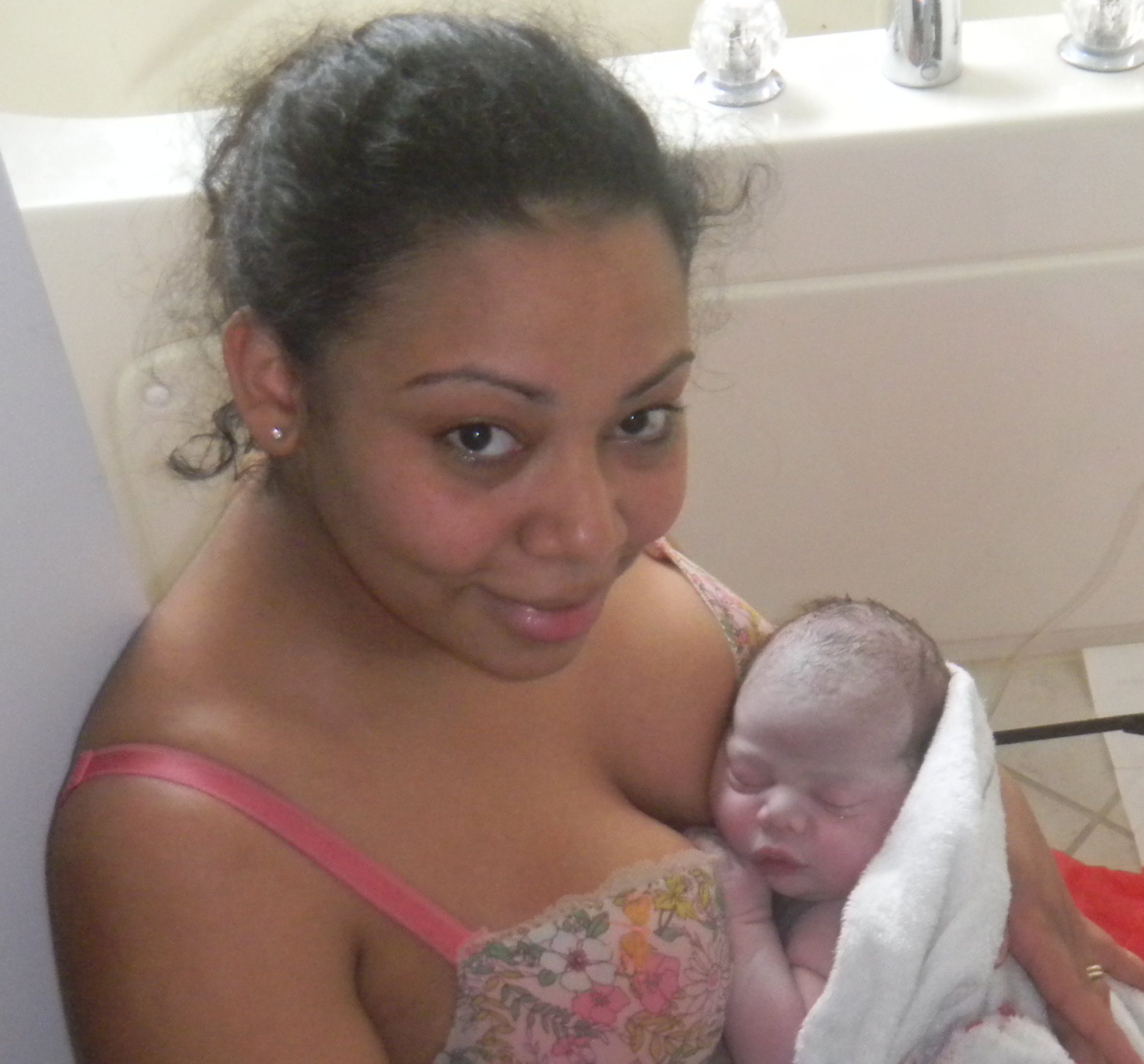As midwives, we go through years of college and post graduate education and clinical training. We learn a lot about women’s bodies and supporting the natural processes of puberty through menopause, of everything childbearing and breastfeeding. We learn to provide excellent midwifery care - the science and the art of it. We learn prevention and management of complications and emergencies, and to collaborate or refer to a physician, when we are presented with situations beyond our broad scope of practice.
Doulas take a short course to learn how to provide labor and postpartum support, what is needed to mother the mother during this special journey. These things are obviously necessary to a successful midwifery or doula practice. But how to run a thriving midwifery or doula business is not really included in our training. Unless you’re going to be working in a setting where you’re purely an employee with no administrative or marketing role, there are some key elements missing to our education.
For those of us who are called to accompany families through the incredible journey of nurturing and birthing new life into this world, there is no greater honor than when a momma tells us, “I choose you.”
Even after helping moms to give birth to over 1,000 babies, every time I am hired to provide holistic maternity care I am so grateful and so delighted. I know that I will be a part of a powerful experience for that family. Returning power to women, encouraging them to feel their vitality, live in joy and love their birth are some of the hallmarks of my successful midwifery practice, as are my holistic approaches to health and healing.
However, I didn’t earn the opportunity to support the successful births of so many beautiful babies or empower so many inspiring mommas by education alone.
Having a successful midwifery practice of 21 plus years has provided me with many resources and a lot of lessons that I wish I would have known when I first started.
After my education and training, I felt skilled as a doula, childbirth educator, and a midwife. I could help people heal and transform psychic pain with Clarity Breathwork; I could teach yoga for pregnancy, labor and postpartum, and for life. With much experience and ongoing deeper work, I knew I had what it takes to help mommas love their birth experience and I created an online course to share my local practice with the global community. Professionals around the world also take it, to help them help the mommas they serve. Eventually I could write #1 international best selling books on natural holistic birthing and healing emotional pain, trauma and stress so prevalent in the modern world!
On the other hand, I had no clue how to build a successful, thriving practice. I spent a lot of money and time taking many workshops and continuing education. I embarked on my own self-study to master and refine my skills as not only a midwife, but also as an owner of a private practice and its administrator. And I made A LOT of mistakes along the way.
Below are the key things I wish I knew before I embarked on my doula, and my midwifery journey.
10 skills you need to learn (even if you outsource) for a successful midwifery practice
1) Bookkeeping. Billing, collections, taxes, accounts payable. If you don’t have financial systems in place from the start, things can get pretty messy.




















